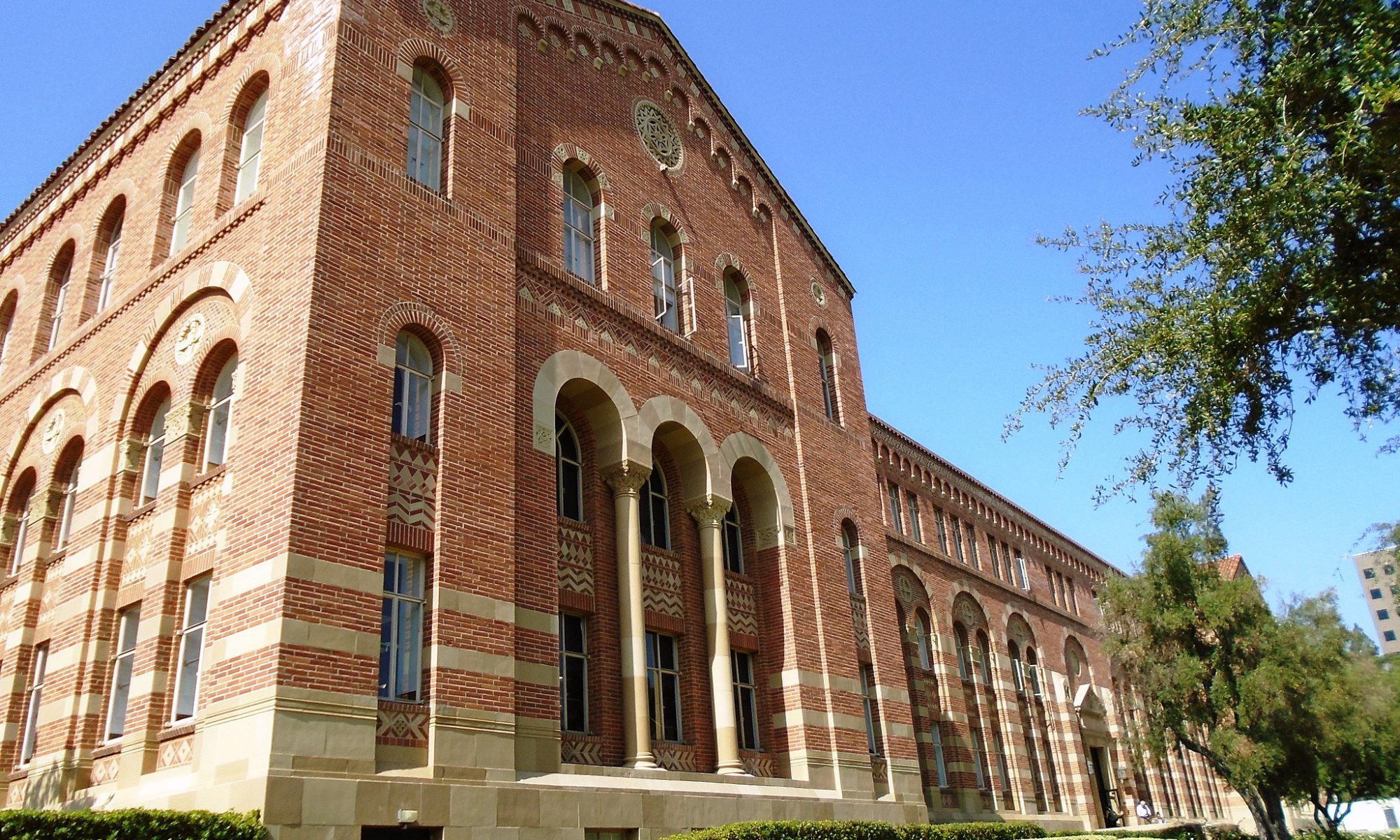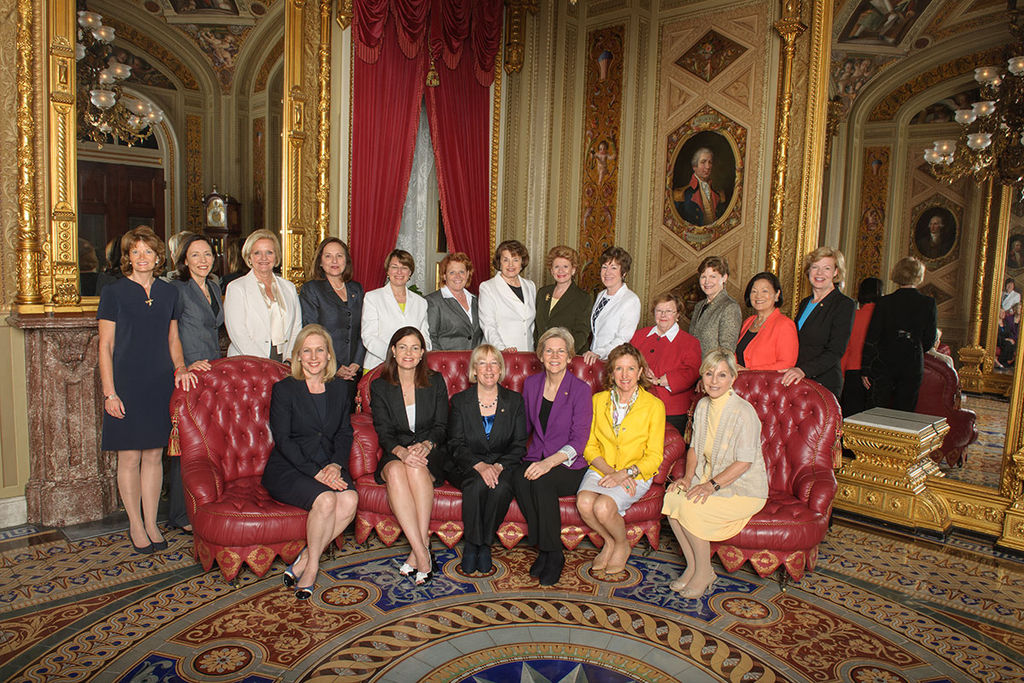The recently released Tales of the Jedi fills in gaps to the narratives of both Count Dooku and Ahsoka Tano. This may seem odd at first. The two characters, as far as we know, never met and their two storylines do not intersect in these six animated entries into the canon. But taken as a whole, these episodes provide a comparison and contrast along two different themes. The first, surface-level, theme is how these two Jedi react to their experiences of institutional corruption. Both of them leave the Jedi Order. But there the similarities end. Dooku joins Darth Sidious and leads the Separatists against the Republic during the Clone Wars. Ahsoka attempts to live a simple life in hiding during the rise of the Empire, but eventually returns to action under the guise of Fulcrum, a messenger for the Rebel Alliance in the years before the Battle of Yavin.
It is the second theme, however, which is more philosophically interesting. This theme is the contrasting moral outlooks of Dooku and Ahsoka. Dooku falls into the category of someone who views morality through the lens of justice while Ahsoka arguably adopts a care perspective when making her choices.
To understand this second theme requires understanding the work of Carol Gilligan, a psychologist, and how it has influenced the development of Care Ethics. Many textbooks used in an introduction to ethics course include a chapter on feminism and care ethics. Sometimes this discussion falls under discussions of ethics and gender. Care ethics is often contrasted with traditional theories in the sense that traditional theories assume (a) that a moral theory requires that judgments are impartial and universal and (b) that morality works to regulate the behavior of interacting strangers. Care ethics is said to reject both assumptions. First, moral judgments are focused on the personal and particular. Second, that morality includes strengthening relationships between persons who know each other well.
So, what does a justice-oriented moral outlook entail? According to Carol Gilligan’s work, initially collected in her book In a Different Voice, one feature is that those who adopt the justice view see morality as a system to regulate the behavior of strangers.
Each person is a separate, distinct, independent individual and everyone is a threat to each other’s individuality. Threats, of course, imply violence. As Lawrence Hinman points out, traditional moral theories which adopt this justice outlook “can be used to justify violence.” Dooku’s stories illustrate this point.
According to the audiobook Dooku, Jedi Lost, he was abandoned by his family and sent to live with the Jedi Order because his father believed his son was a freak, an “other,” an outsider. In other words, Dooku’s life begins not with family, but with isolation and abandonment reinforcing this ethic of strangers.
This isolation and separateness is reinforced in Tales of Jedi, where the first two stories involve Dooku arriving on distant unnamed planets to resolve criminal activities. Each time, Dooku arrives as an outsider, separate and isolated from those with whom he interacts, including the other Jedi who accompany him. In the episode entitled “Justice,” we never learn the names of the villages living in destitution due to the policies of their absent representative, heightening the sense of impersonal interactions and isolation. In such a climate of separateness and desperation, everyone is interested in forcing a just resolution. To restore a sense of justice, the villagers resort to violence by kidnapping Senator Dagonet’s son. Dooku, when he arrives, makes his intentions clear by threatening violence when he puts his lightsaber on the table in the local tavern. Senator Dagonet similarly prepares for and uses violence by bringing soldiers with him to resolve the situation.
Moral problems, in other words, are resolved through enforcing, perhaps violently, the rights of individuals.
Similar events happen in the second Dooku story “Choices” — citizens react violently to a corrupted senator. This corruption, from the point of view of justice, means that truth, peace, and a order are threatened. But these are all impersonal values, values that do not refer to the lives of individual people, but refer to structural features of the political and social world. When Dooku laments in “The Sith Lord” that his service to Darth Sidious involves a betrayal of everyone he knows, Sidious replies, “you have been loyal to a greater cause” which suggests again the impersonal nature of a justice-oriented outlook. Furthermore, such betrayals are the price of individual freedom, the central personal value of the justice outlook. Not only has Dooku been instrumental in creating the Clone Army, hiding its origin, but he played a role in the death of his former Padawn, Qui-Gon Jinn, and is forced to kill Master Yaddle who has discovered Dooku’s betrayal. In other words, in pursuit of justice and other impersonal values, many of those close to us suffer harm.
Ahsoka Tano’s narrative in many ways is the complete opposite of Dooku’s. Instead of remaining aloof and even breaking bonds, Ahsoka’s story is about how bonds are created, strengthened, and rebuilt. Her eventual return to her calling as a protector thereby exemplifies the care outlook.
Care, as developed by Gilligan and many subsequent writers, begins with a view that individuals are defined by their relatedness and interdependence, not isolation. It notes that most of our interactions, including moral ones, involve people with whom we are familiar — friends and family.
Emotion and dialogue, not reason and violence, are the key to resolving moral conflict.
Ahsoka’s story begins not with abandonment, but with love and community in the episode “Life and Death.” The episode begins with Ahsoka’s birth, her father Na-kil, announcing to the whole village “She’s here!” and Ahsoka receiving her name from her mother Pav-ti in front of the matriarch Gantika and other women of the village. The whole opening scene, in other words, is about welcoming one into a community and immediately building bonds by sharing names and witnessing important events communally. It then moves forward a year when Pav-ti takes Ahsoka on a kybuck hunt. It is made clear by Pav-ti that this is important because the custom of the hunt connects Ahsoka with her culture and her ancestors, provides food for the whole village, and thus reaffirms the care-oriented outlook of connectedness. The events of the hunt lead Gantika to realize that Ahsoka is a Jedi and thus must leave her community of birth for a different community. This represents not a loss for the village, but a point of pride and thus a joyful, not a fearful, entry of Ahsoka into the wider galaxy.
Even though as a Jedi during the Clone Wars Ahsoka must constantly be involved in violent events, the episode “Practice Makes Perfect” is about personal relationships and growth. Instead of peace and order, it is about self-sufficiency, individual safety and avoidance of suffering. Anakin creates a skill test for Ahsoka, not against droids, but against Captain Rex and his squad. This grueling test, that it takes Ahsoka months to pass, involves Ahsoka defending herself against attacks from the clones. Anakin describes his motivation as follows:
I want this to be difficult. This is about life and death. And as your Master, I’m responsible for you. The best way I can protect you is to teach you how to protect yourself. And if you can hold off Rex and the boys, you’ll be ready for anything on a battlefield.
In other words, the motivation is born of a personal relationship, an interconnection. Its purpose is not to save the galaxy through structural peace and order, but to help Ahsoka develop so that she can be safe through her own actions. In a blink-and-you-miss-it moment, the test starts with Ahsoka using only one lightsaber. By the end of the episode she has matured in her development of the defensive Form 5 to use the two-saber Shien variant. In other words, Ahsoka has been helped by Anakin in her development into the self-sufficient Jedi we all know and love. One who, with Rex’s help, is able to survive Order 66 in a battle with a squadron of clones.
But Ahsoka did not stay a Jedi. Despite being cleared of the bombing by fellow Jedi Barris Offee in the season five of the Clone Wars, Ahsoka left due to what she felt was a violation of the relational values of trust and loyalty. She, however, maintains those values even in exile. Despite the personal danger, she attends Padme’s funeral on Naboo in the Episode “Resolve.” It is here that Bail Organa gives her a commlink to contact him if needed. In his last lines of dialogue, spoken to troopers but meant for her, he reminds her that she can’t stay isolated: “It’s easy to get lost with all that has happened. Still, we have a duty. Don’t we? An obligation to uphold, when we’re able … And if you should ever need anything, please contact me.”
But it is years before this call of obligation is heeded. Hiding out as an itinerant farm worker named Ashla, Ahsoka reveals her identity by using the force to save another worker, an unnamed girl, from injury.
Again, the theme of personal protection and concern for the well-being of other individuals is dominant in Ahsoka’ care-oriented outlook.
This reveal leads another worker to contact the Empire of Ahsoka’s existence, bringing an Inquisitor to the community to hunt her down. The result is the death of all the other farmers except the girl, her brother (the betrayer), and their father. In witnessing how her mere existence puts the lives of others in danger, Ahsoka decides to reconnect with Bail Organa. First, she wants to help the remaining farmers to safety. But also, because she realizes she can no longer remain isolated. She realizes that morality requires her to form new, meaningful relationships, or at least rekindle old ones. Thus, Ahsoka joins the budding Rebel Alliance.
Tales of the Jedi lays out concrete versions of these different approaches to morality. It expresses the justice-oriented approach through a disconnected, impersonal, male villain. This outlook leads to many negative consequences including a galactic war, all of which suggest the episodes are an argument against a justice-oriented moral outlook. But it doesn’t merely say something is wrong with this approach. It offers an alternative. Through the story of a female, non-human hero, whose life is defined by her connections to others and concerns for the embodied suffering of those others, we get an argument for the care-oriented approach to morality.





